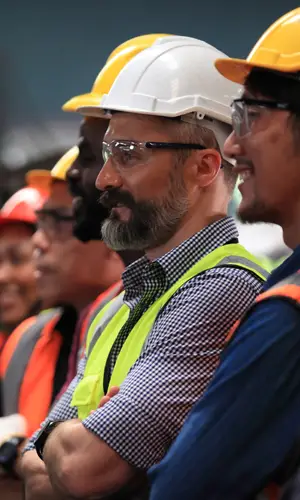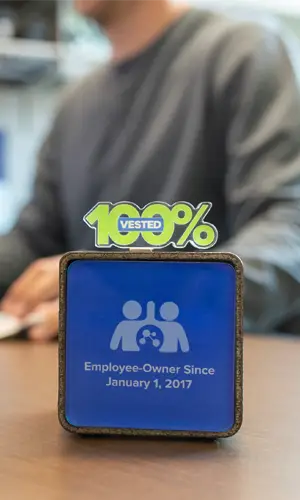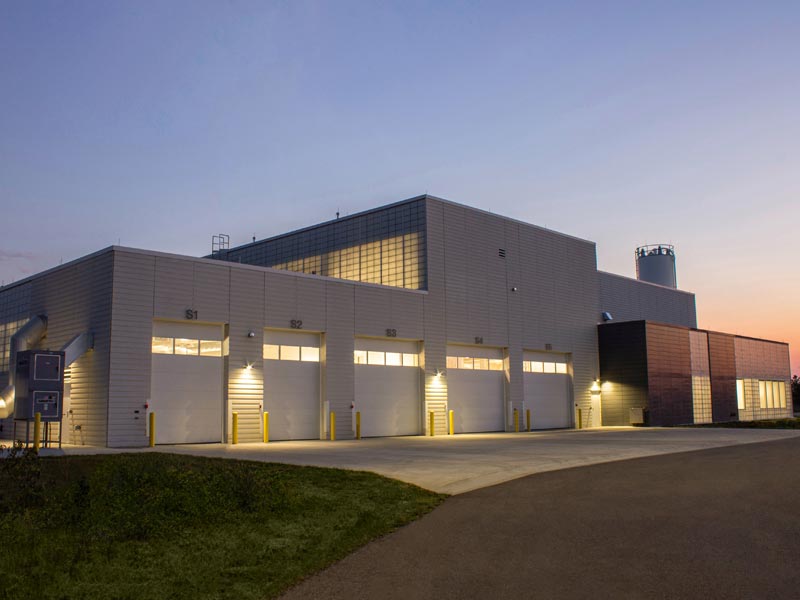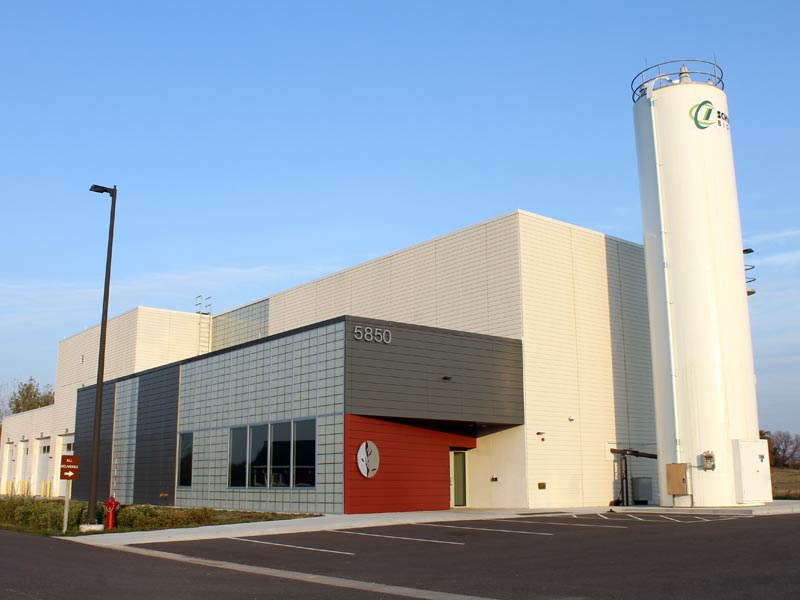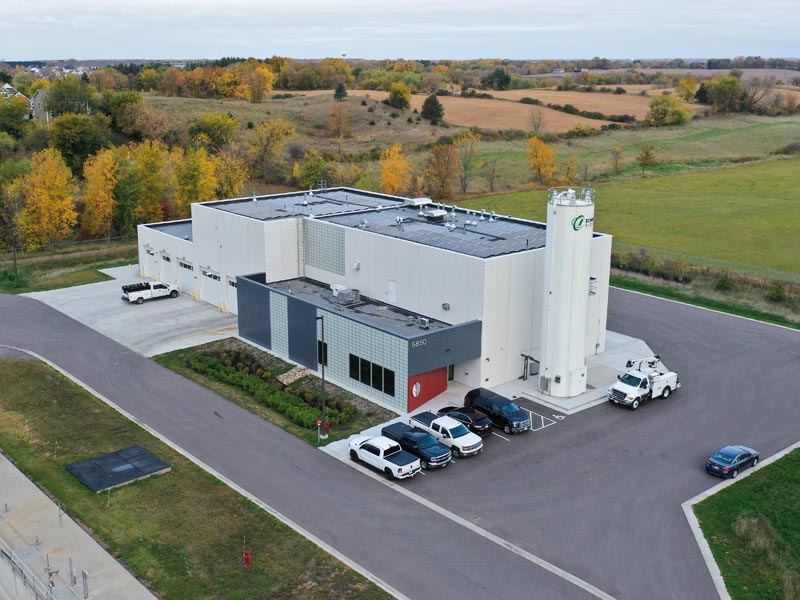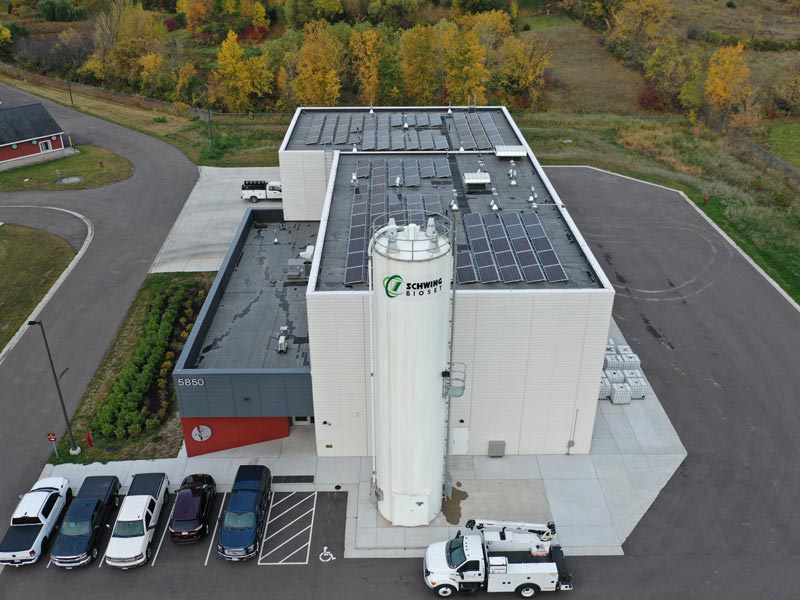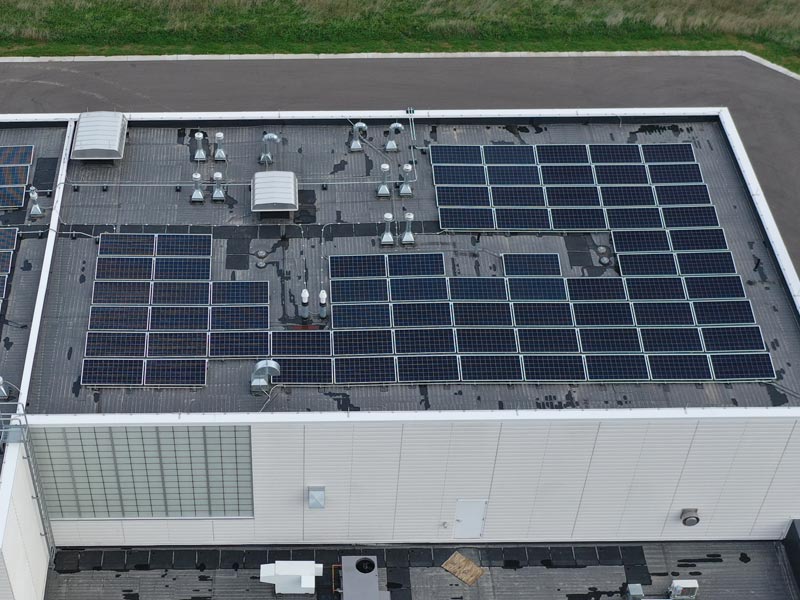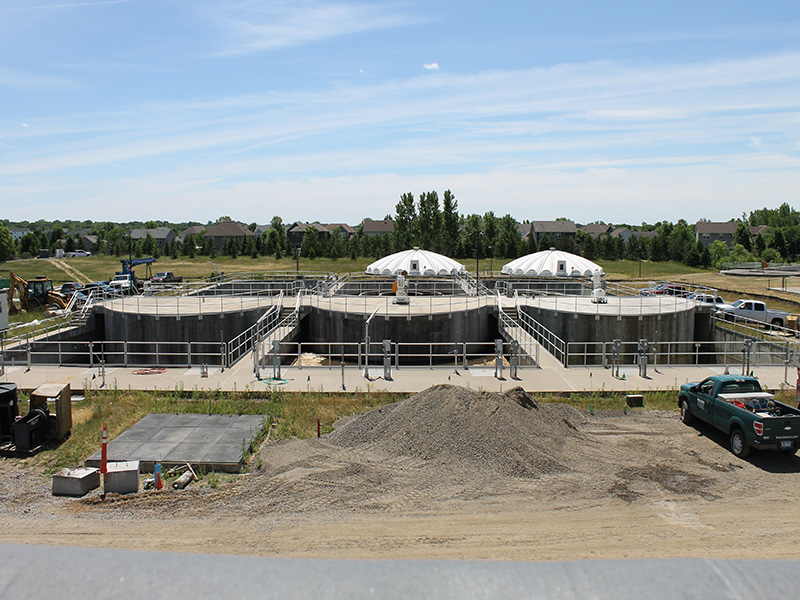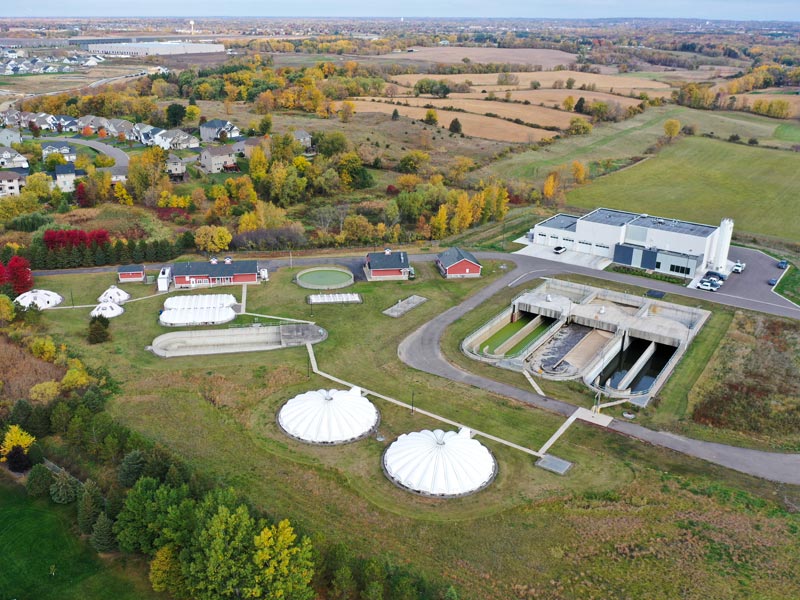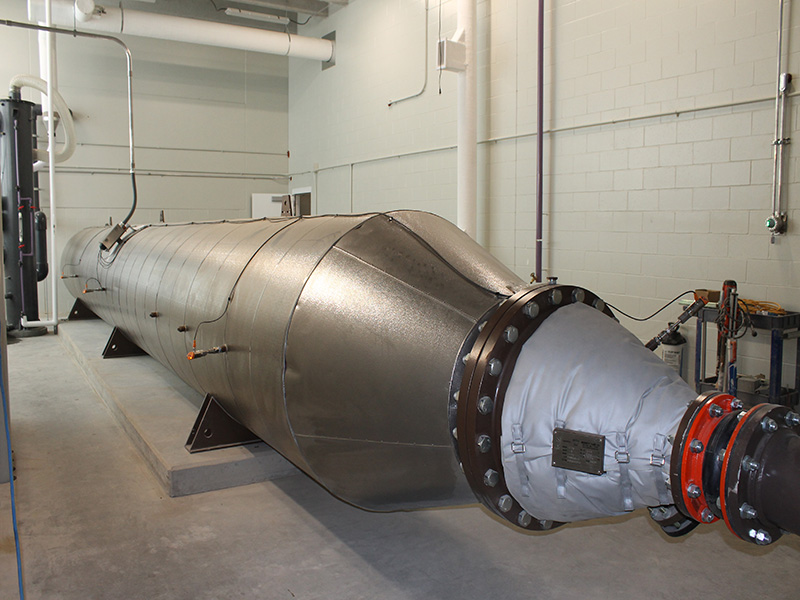BIOSOLIDS BUILDING
Otsego, MinnesotaAbout the Project
AE2S worked with the City of Otsego to complete a Wastewater Master Plan in 2018 that charted the wastewater utility’s direction for the next 80 years.The first major project from the Master Plan is a Biosolids Building, which will dewater thickened waste activated sludge (TWAS) from both the City’s East WWTF and West WWTF.
The dewatered cake will then be chemically stabilized using the proprietary Schwing Bioset system to achieve Class A Biosolids. Preliminary testing also indicates that Class A, Exceptional Quality will be achieved.
Project Details
Date: 2018 – 2021
Client: City of Otsego
Key Project Elements
- Undigested TWAS Dewatering
- Recycled Phosphorus Management
- Operationally Flexible Design
- Green Design Elements
- Energy Conservation
Addressing Biosolids and Operational Needs
The AE2S design team worked closely with the Otsego operations team throughout the design to address biosolids needs as well as other East WWTF needs. The site lacked garage or storage space, and there was also no training room, breakroom, or locker rooms on site.These elements as well as a maintenance shop and dead-file storage were included in the new building. The Biosolids Building is sized for the ultimate buildout of the City with half of the process equipment installed in the initial phase of construction.
The design team utilized Revit, which allowed for 3D virtual walk-through of the Biosolids Building at design milestone meetings with operational staff. The dewatering, chemical stabilization system, and material handling designs focused on operator-friendly and operationally flexible designs.
Optimizing TWAS Management and Sustainable Design
The TWAS storage tank allows East-West blending for a consistent TWAS stream. The dewatering of undigested TWAS inherently limits recycled phosphorus, and the centrate storage tank allows centrate management and chemical dosing to control recycled phosphorus to the liquid treatment system to further optimize biological phosphorus removal.The polymer dosing system incorporates polymer solution aging and multiple dosing options to allow optimization of often challenging undigested TWAS. Pilot testing in late 2018 of screw presses and centrifuges showed that either technology was viable, but the centrifuge technology was more effective for this particular TWAS stream.
Enhancing Odor Control and Green Elements
Stabilized cake handling included dual truck bays with the flexibility for roll-off dumpsters or up-to-full semi-tractor trucks. A distributing conveyor system is incorporated to provide a more automatic loading operation. Odor control was a focus of the project as existing residential neighbors border the WWTF on three sides.The project also incorporated green design elements, such as solar panels on the building roof (Green Project Reserve funded), a low maintenance rain garden catchment, and native prairie grass and tree plantings along the site border to provide visual screening to future residential neighbors.

